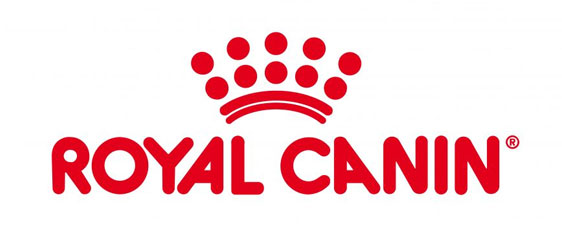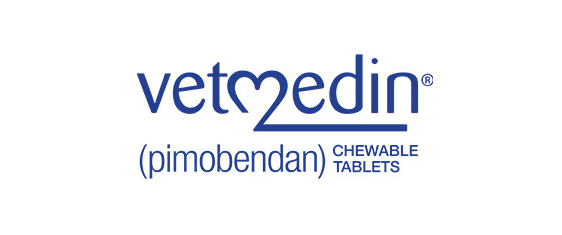Diabetes Treatment for Dogs and Cats
Doctor of Veterinary Medicine

While efforts are made to answer all questions as quickly as possible, if an immediate answer is required or if your pet is in need of urgent or emergency care, contact your pet's veterinarian immediately.
Doctor of Veterinary Medicine

You will receive an answer from Dr. Lindsay and our vet/tech team as soon as possible, usually the same day.
All answers are provided for informational or educational purposes only, and are intended to be a supplement to, and not a substitute for, the expertise and professional judgment of your pet's veterinarian.
It may be necessary to consult your pet's veterinarian regarding the applicability of any opinions or recommendations with respect to your pet's symptoms or medical condition.
CloseDoctor of Veterinary Medicine

An error has occurred, please reload the page and try again.
CloseWhile efforts are made to answer all questions as quickly as possible, if an immediate answer is required or if your pet is in need of urgent or emergency care, contact your pet's veterinarian immediately.
There is no answer related to your question
Treating diabetic pets
Pets with type 1 diabetes are given insulin injections and may need changes in diet, and may need to lose weight. Pets with type 2 diabetes do not need insulin because they can usually be controlled with diet, weight loss, and oral medication (Glipizide).
Some pets with type 1 diabetes can be treated with insulin, diet, and weight loss so that they no longer need insulin.
Ultimately your pet's veterinarian will recommend the best types of insulin your pet will need. Below is a list of the more common types of insulin pets use that are diagnosed with diabetes:
- Regular crystalline insulin, which has a rapid onset and short duration of action, perhaps only a few hours
- Intermediate-acting insulin, such as NPH (Isophane), which has an intermediate duration of about 12 hours (Vetsulin Insulin) (ProZinc can last up to 24 hours)
- Lente insulin, which has an intermediate duration of 12 hours, but lasts as long as 24 hours in some pets
- Ultralente insulin, which is long-acting, usually as long as 24 hours, but it may be only as long as 12 hours in some pets. Insulin can be mixed to combine a rapid and a longer-duration product in a single bottle.
Pets use insulin made from beef, pork, a combination of beef and pork, and from human recombinant DNA. If switching a pet from animal to human insulin, the dose is lowered and the pet is re-regulated. Examples of insulins prescribed for pets are ProZinc Cat Insulin, and Vetsulin Insulin.
Insulin is injected with special syringes that are calibrated in units. The syringes have tiny needles because they are intended to deliver insulin below the skin. It is important to use U-40 syringes with U-40 insulin (ProZinc Cat Insulin) and U-100 syringes with U-100 insulin (Vetsulin Insulin).
Why is insulin injected?
Insulin is a protein that is destroyed by stomach acid when it is swallowed. Instead, insulin is injected under the skin and is picked up by the blood and circulated throughout the body.
A pharmaceutical company is developing a form of insulin that is inhaled as a mist. The mist reaches the capillaries in the lungs and is carried through the body. Until this form of insulin is ready, pets will continue to be given insulin injections.
Recommended pet medications and supplies for treating diabetic dogs and cats
 Swipe
Swipe



































